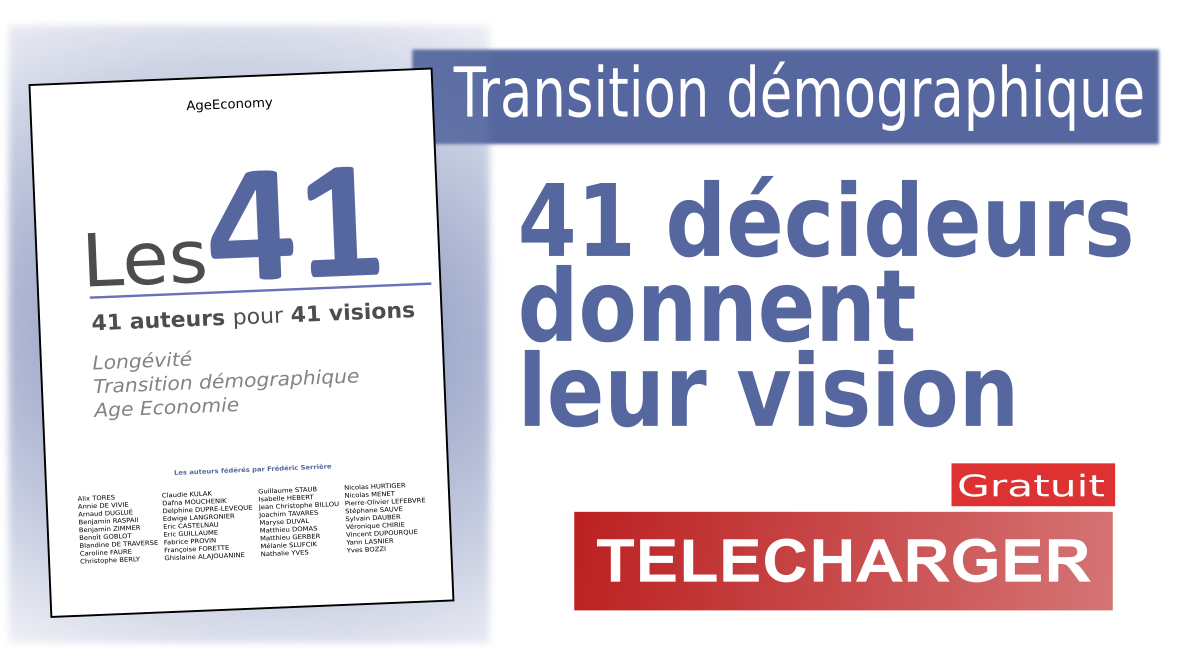Women with suspected coronary artery disease and smaller social networks die at twice the rate of those who have a larger circle of social contacts, according to a new study.
;
Thomas Rutledge, Ph.D., of VA San Diego Healthcare System and colleagues found that women who had more social contacts and saw them more often also had lower blood glucose and blood pressure levels, lower rates of smoking and other factors that reduced their risk for coronary disease. Women with larger social networks also showed fewer signs of artery blockage during the four-year study.
;
“The overall magnitude of the social network effect rivaled or exceeded that of more commonly considered biomedical risk factors including smoking, diabetes and hypertension histories,” Rutledge and colleagues say.
;
However, social isolation’s effect on heart health might have more to do with differences in income than anything else, the researchers concluded. In their study of 503 older women, Rutledge and colleagues found that annual income was statistically more important than social network size for predicting coronary disease death rates. Women with small social networks were also much more likely to make less than $20,000 a year, they discovered.
;
Although the findings point to a link between social isolation and low incomes, “it would be unwarranted from these results to suggest that the solution to social isolation consists of financial handouts,” Rutledge and colleagues say.
In fact, they say, coronary disease and its disabling effects could be keeping women from making money and friends.
;
“For this reason, interventions that improve quality of life or symptom severity may enable women to pursue vocational or social relationships to a greater degree,” they say.
;
In a 2003 study of women age 65 and older, Rutledge and colleagues found that women with larger social networks were less likely to die at a certain age than those with smaller social networks.
;
The current study was supported by the National Heart, Lung, and Blood Institute, the National Center for Research Resources, the Gustavus and Louis Pfeiffer Research Foundation, The Women’s Guild, Cedars-Sinai Medical Center, the Ladies Hospital Aid Society of Western Pennsylvania, and QMED Inc.
;




